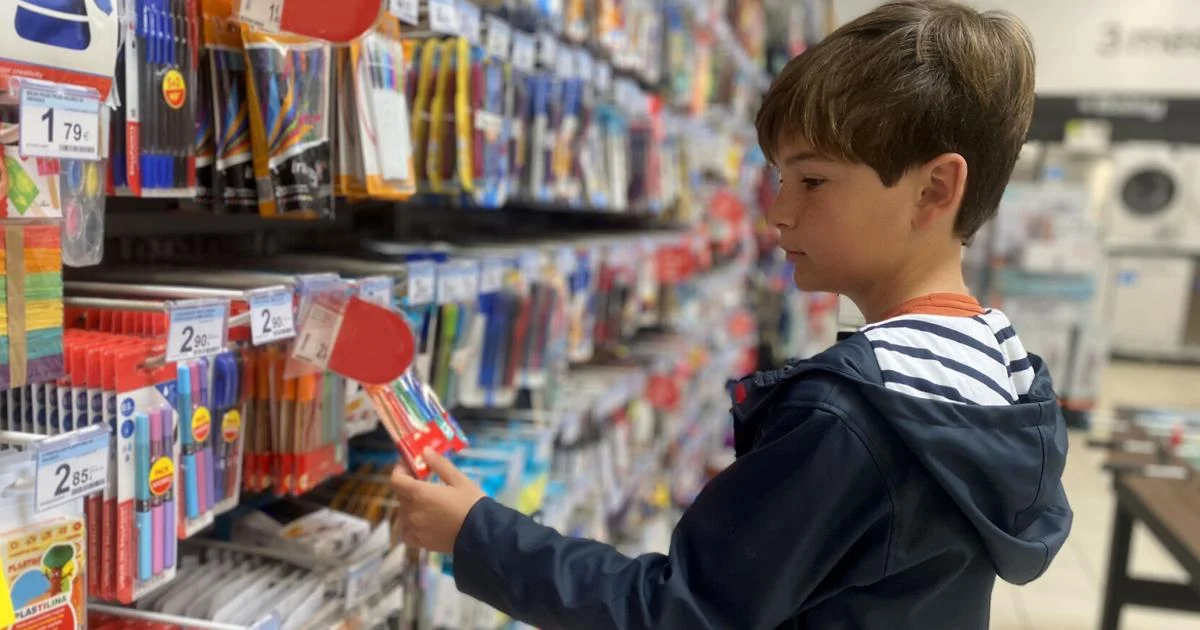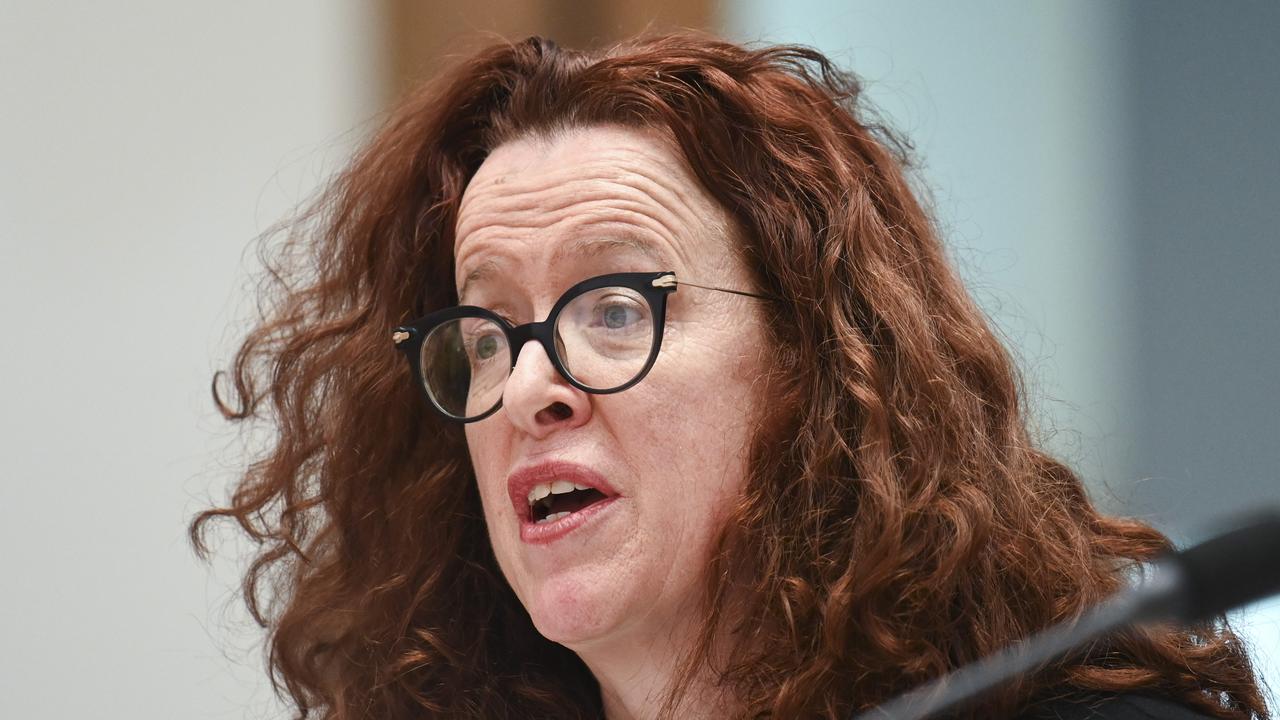By By Ray Smith,Isabel Pavia — Getty Images
Copyright berkshireeagle

As children head back to school, families are focused on new routines, supplies and academic success. Yet, this season also presents a valuable opportunity to introduce and reinforce financial literacy skills.
Just as reading and math are foundational subjects, understanding money management is an essential life skill that will serve students well into adulthood. Teaching children how to earn, save, spend and give responsibly not only prepares them for future independence but also fosters confidence and smart decision-making from an early age.
Financial literacy at a young age provides long-term benefits. Students who understand the basics of budgeting, saving, and credit are less likely to develop unhealthy financial habits later in life.
They learn the value of money, how to differentiate between needs and wants, and how to set goals for both short-term and long-term priorities. With rising costs of education and living, these skills are more critical than ever to help future generations build stability and resilience.
Parents and educators can make financial literacy practical and engaging by connecting lessons to everyday life. For example, shopping for school supplies is a perfect way to practice budgeting.
Give your child a set amount to spend and let them make choices, encouraging them to compare prices and prioritize what’s most important. This hands-on experience teaches trade-offs and decision-making in real time.
Allowance can also be a powerful tool. Instead of simply giving children money, tie allowance to chores or responsibilities. Encourage them to divide their earnings into three jars: spend, save and give. This simple system builds a balanced approach to money management, teaching the importance of enjoying money, planning for future goals, and contributing to causes that matter to them.
Older children and teens can take lessons a step further by learning about banking. Opening a youth savings account introduces them to deposits, interest and goal setting. Encourage them to set savings goals for larger purchases like electronics, sports equipment or college expenses. This builds patience, responsibility and an understanding of long-term planning.
Interactive activities can also reinforce these concepts. Board games such as Monopoly or The Game of Life highlight financial choices in a fun way. Apps and online tools designed for children can make budgeting and saving more engaging while teaching real-world money management. Schools can partner with local banks or credit unions to host workshops or classroom activities, ensuring students receive consistent and practical financial education.
As families prepare for the new school year, weaving financial literacy into daily conversations and activities can make a lasting impact. By equipping children with the knowledge and confidence to handle money wisely, parents and educators are helping them build a foundation for future success.
Just as strong study habits lead to academic achievement, strong money habits will help today’s students thrive in the years ahead.



